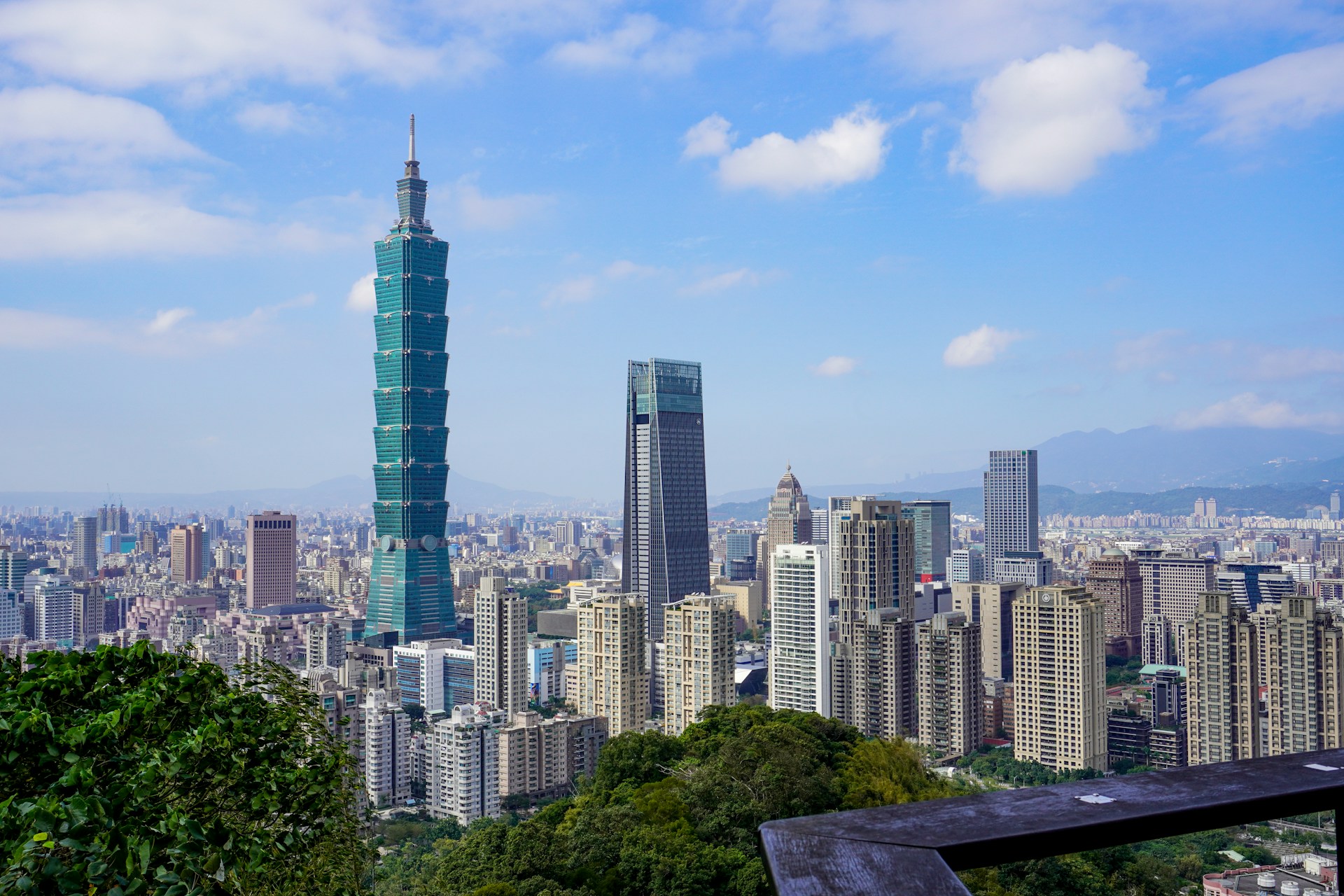Starting over rarely needs drama. It needs a city that makes errands simple, clinics that answer quickly, and neighborhoods that feel knowable within a week. Around the world, certain countries make that entry glide: clear transit, friendly paperwork, and food scenes that turn shopping into habit. The best picks also offer weekend nature within an hour and international airports within a cab fare. What this really means is a fresh routine that holds, with community close and surprises left for Saturdays.
Portugal
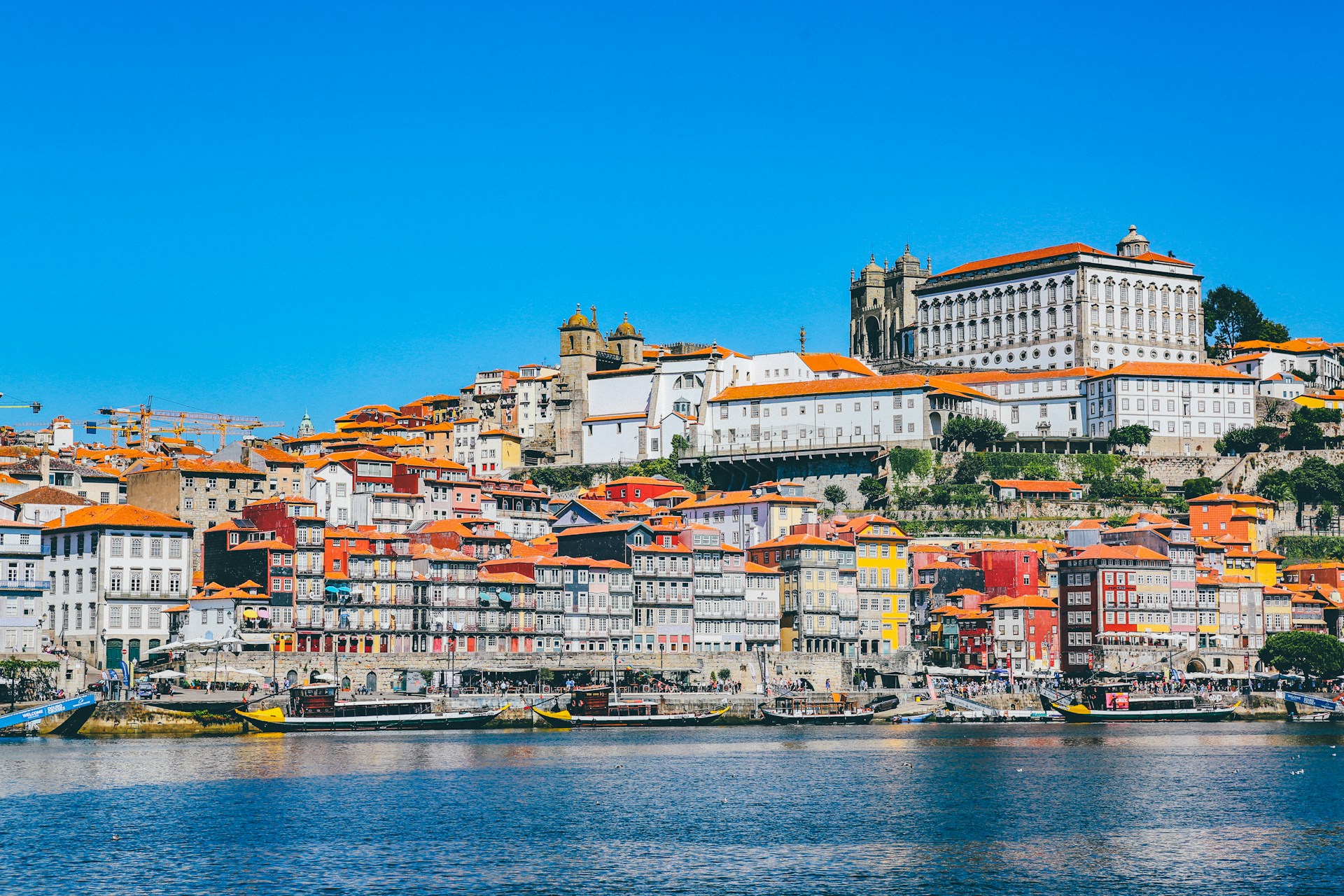
Portugal rewards newcomers with livable cities and calm logistics. Lisbon’s Estrela, Campo de Ourique, and Avenidas Novas put parks, markets, and tram or metro stops within minutes, while trains reach Cascais or Costa da Caparica for easy beach days. English works in most services, private clinics are well regarded, and appointments book cleanly once registered. Seafood, pastries, and neighborhood cafés keep costs sane, so cooking becomes an option rather than a rule.
Spain
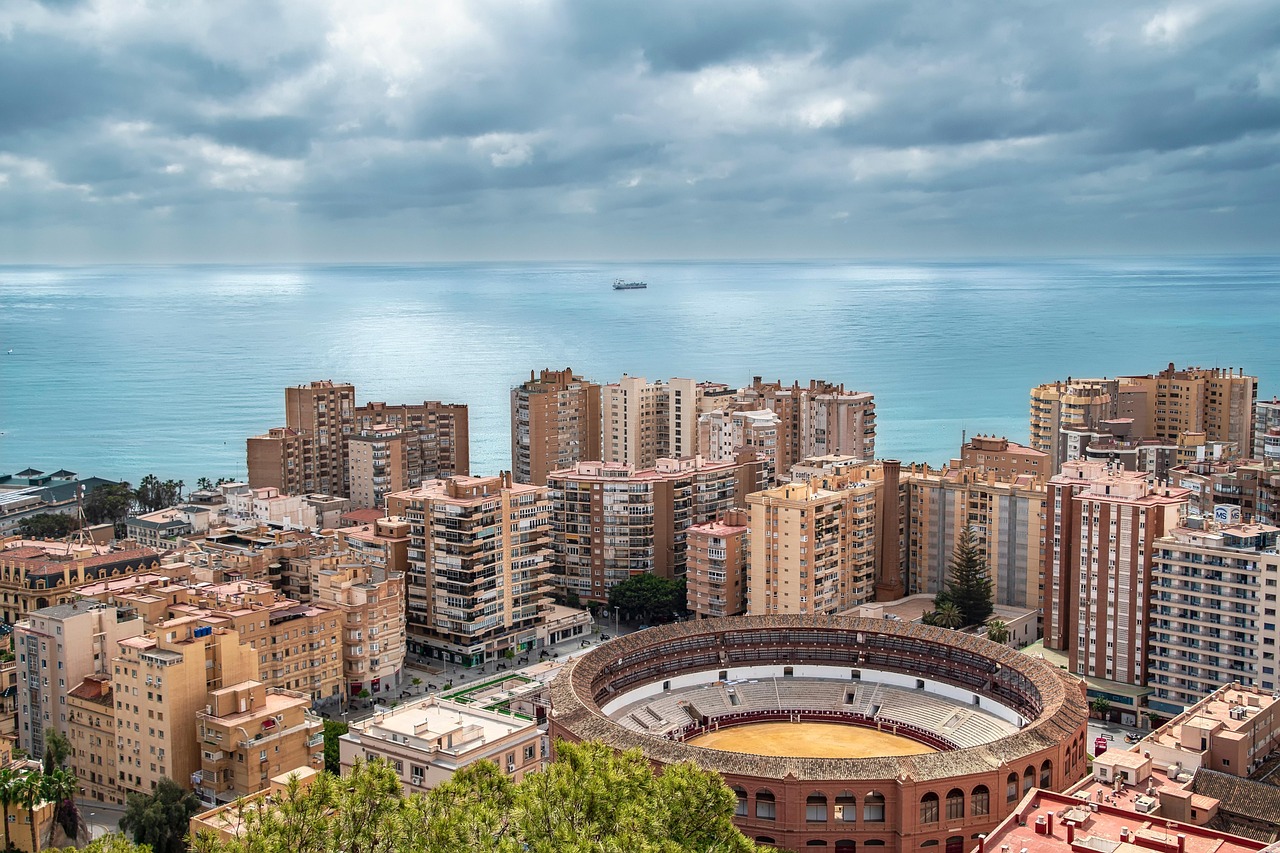
Spain pairs Mediterranean rhythm with practical daily life. Valencia’s Ruzafa and El Carmen stay walkable and lively, Quatre Carreres lines up with the Turia greenbelt for runs and rides, and Cabanyal weekends drift toward seafood and promenades. Transit is clean, bikes truly work, and markets like Central and Ruzafa make fresh cooking routine. Healthcare access is strong through public and private networks, and the city scale keeps commutes short enough to protect evenings.
Mexico

Mexico suits different seasons of life within one country. Mexico City’s Condesa, Roma Norte, and Escandón deliver leafy blocks, cafés, and fast metro links, with Chapultepec as a weekly reset. Farther east, Mérida offers warm nights, quieter streets, and an easy arc to Progreso’s malecón or nearby cenotes. Private hospitals and specialists are widely available, same day visits are common, and food runs from market staples to inventive dining without straining a modest budget.
Colombia
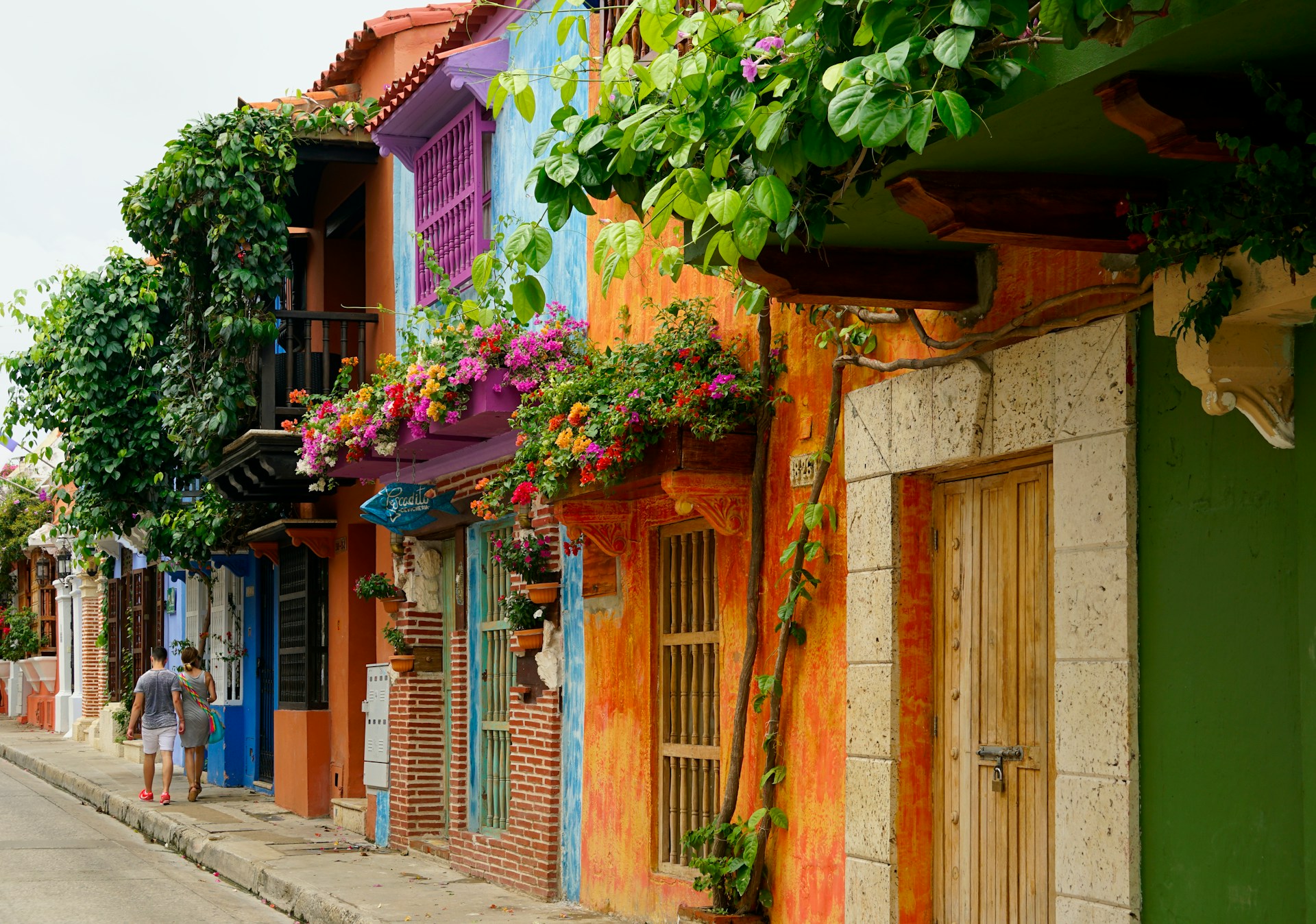
Colombia’s second city sells climate and movement. Medellín’s Laureles and El Poblado stack parks, gyms, and cafés beside a metro that meets cable cars, so hillside commutes feel like part of the view. Private clinics score well and often staff English speakers. Public spaces stay clean and busy, and weekend escapes to Guatapé or coffee fincas feel close enough for day trips. The valley’s mild weather keeps windows open and wardrobes simple.
Argentina

Argentina gives big culture at neighborhood scale. Buenos Aires spreads options across Palermo, Colegiales, Recoleta, and Retiro, each with markets, libraries, and tree shade. The Subte and buses run on tap cards, and private healthcare is reachable without heroics. Bakeries and produce stands anchor frequent, smaller shops that become ritual. Weekends tilt toward soccer, markets, and long café conversations, while day trips along the river sharpen the city’s edges in a good way.
Chile
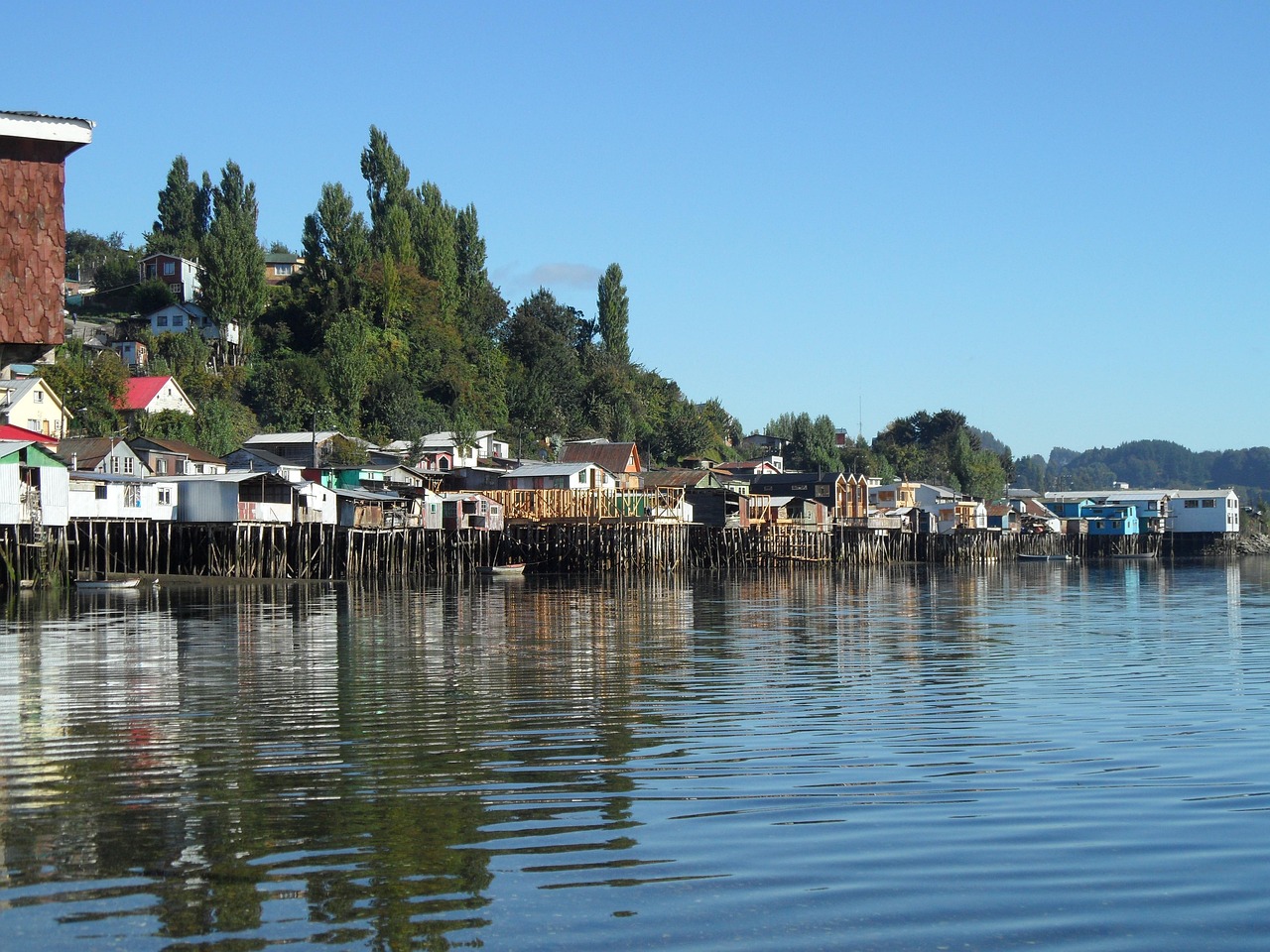
Chile offers order with a mountain backdrop. In Santiago, Providencia and Ñuñoa keep metro access, shaded parks, and reliable services tight together. Winter can switch to ski days, and coastal breaks in Viña del Mar or Valparaíso sit within easy reach. Private hospitals are efficient with clear pricing, and bike lanes plus broad sidewalks support car light living. Terrace dinners, local wine, and early hikes build a steady weekly rhythm.
Costa Rica
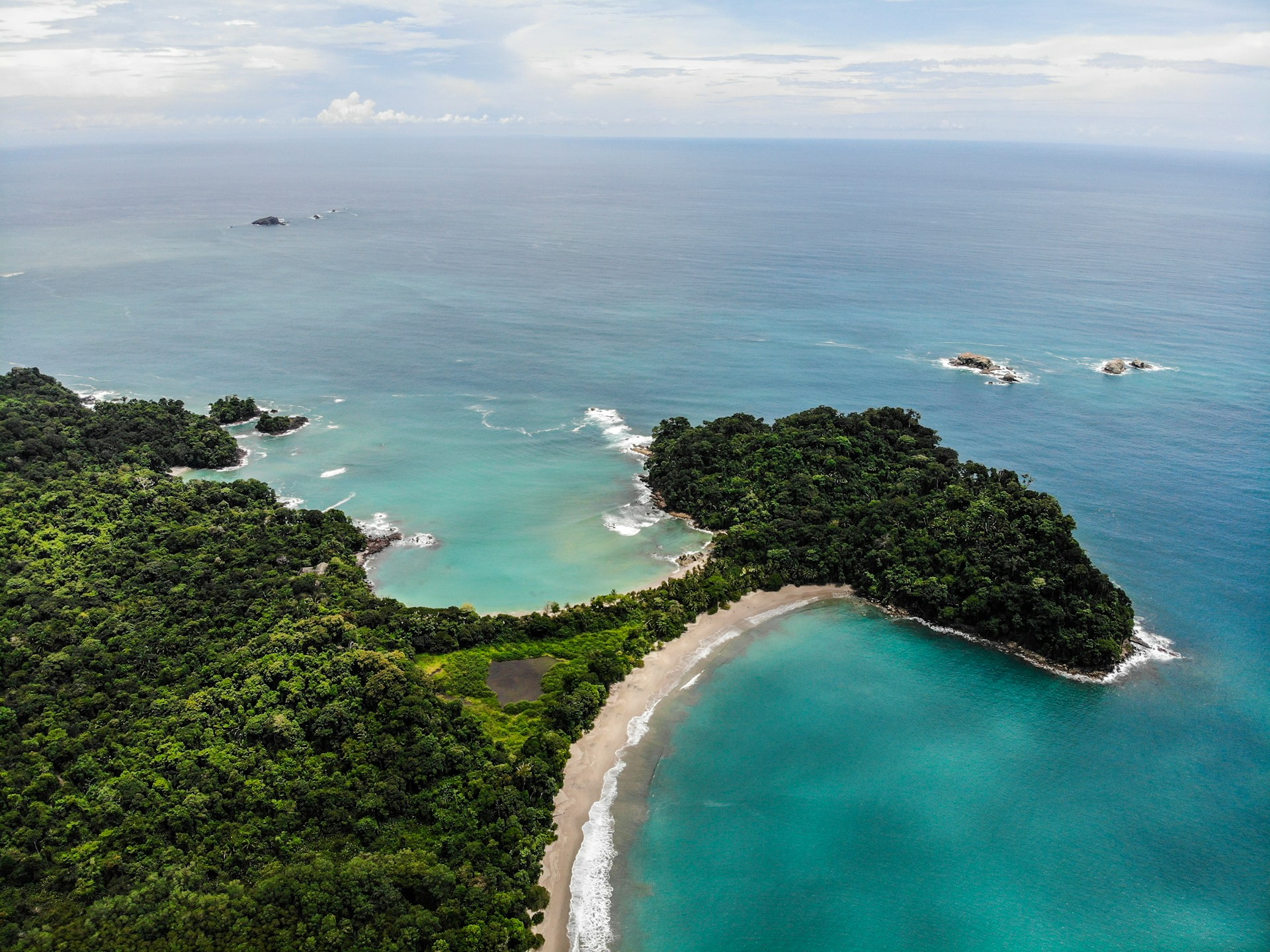
Costa Rica’s capital makes a practical base. San José’s Escazú and Santa Ana bring breezes, shopping, and quick links to clinics and schools. Mild weather and afternoon showers set a forgiving pace, while buses, ride hailing, and short drives connect the Central Valley. Domestic flights put both coasts within an hour. Markets fill baskets cheaply, and weekends toggle between coffee farms, volcano parks, and sunset runs that end with fresh fruit and a calm drive home.
Panama
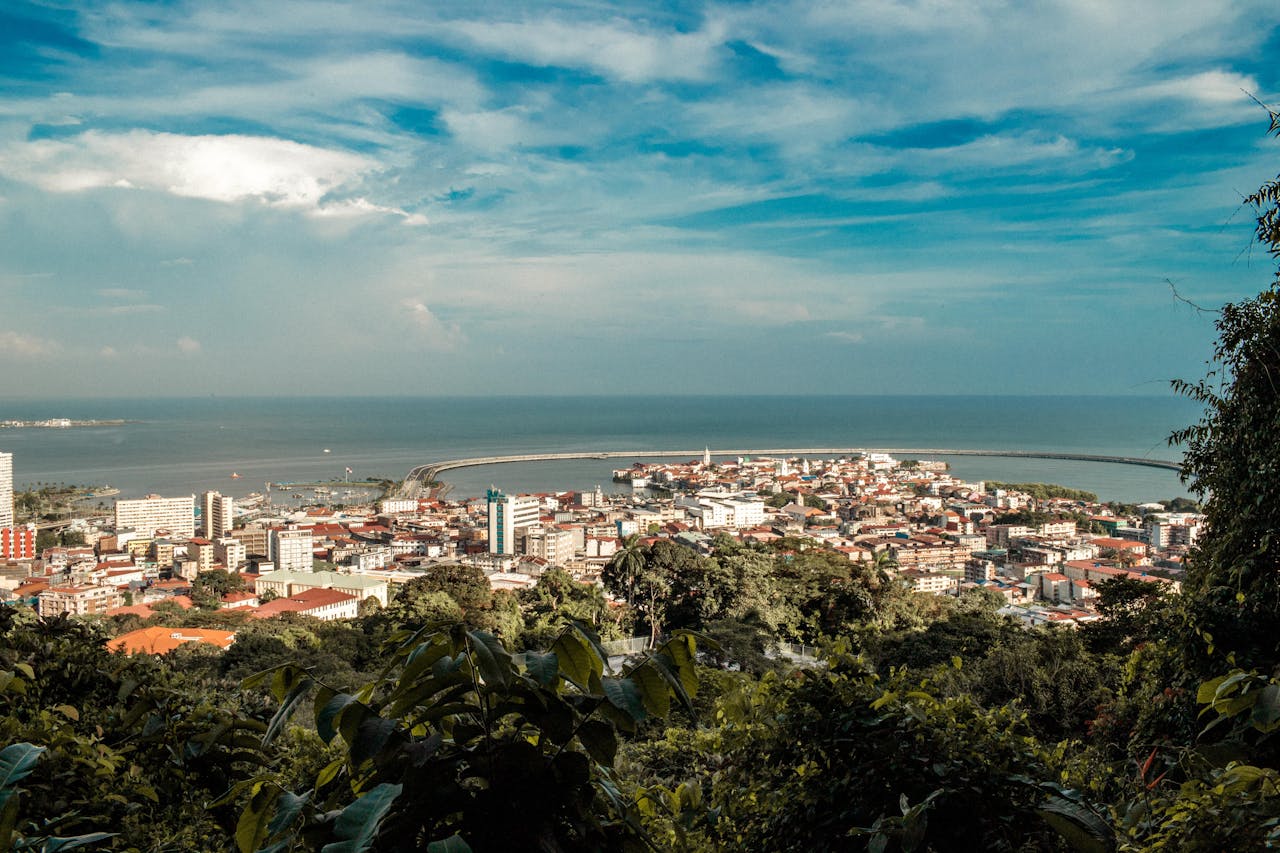
Panama blends a service economy with day trip nature. In Panama City, El Cangrejo and San Francisco stack supermarkets, parks, and gyms near a clean, air conditioned metro. Many doctors trained abroad, which smooths conversations and expectations. The city works as a hub for islands, rainforest, and mountain towns, so variety never feels far. Groceries mix local produce with imports, making it easy to keep familiar routines while discovering new corners.
Thailand
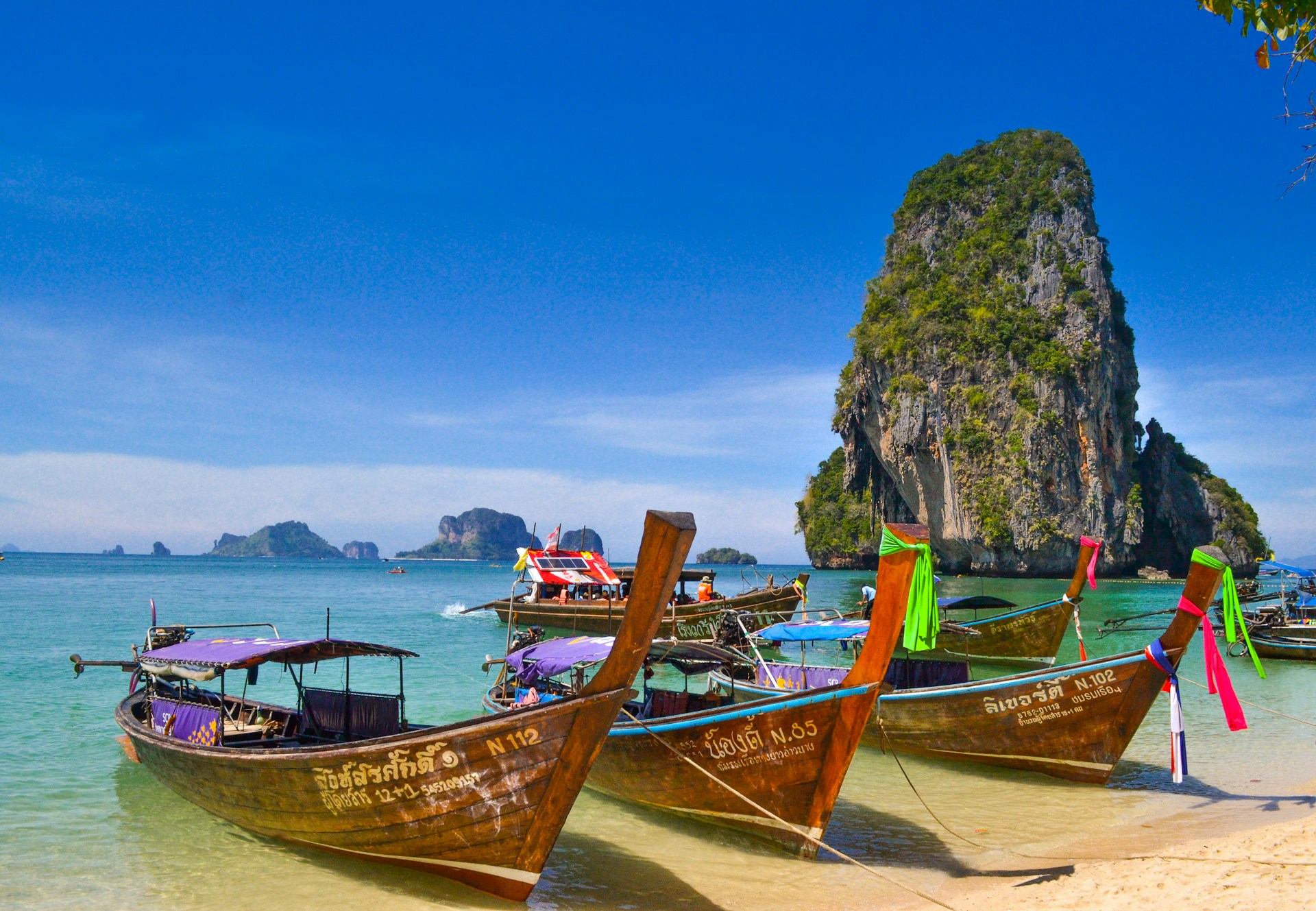
Thailand splits its charm between pace and hush. Bangkok’s Sukhumvit pockets like Phrom Phong and Thonglor connect by BTS, with clinics, banks, and markets layered inside climate controlled malls when heat spikes. Street food keeps budgets friendly, and private hospitals set a regional standard for care. When the mood shifts, Chiang Mai’s nimble grid, markets, and temples slow things down. Cheap flights or trains open islands and highlands without complex planning.
Malaysia
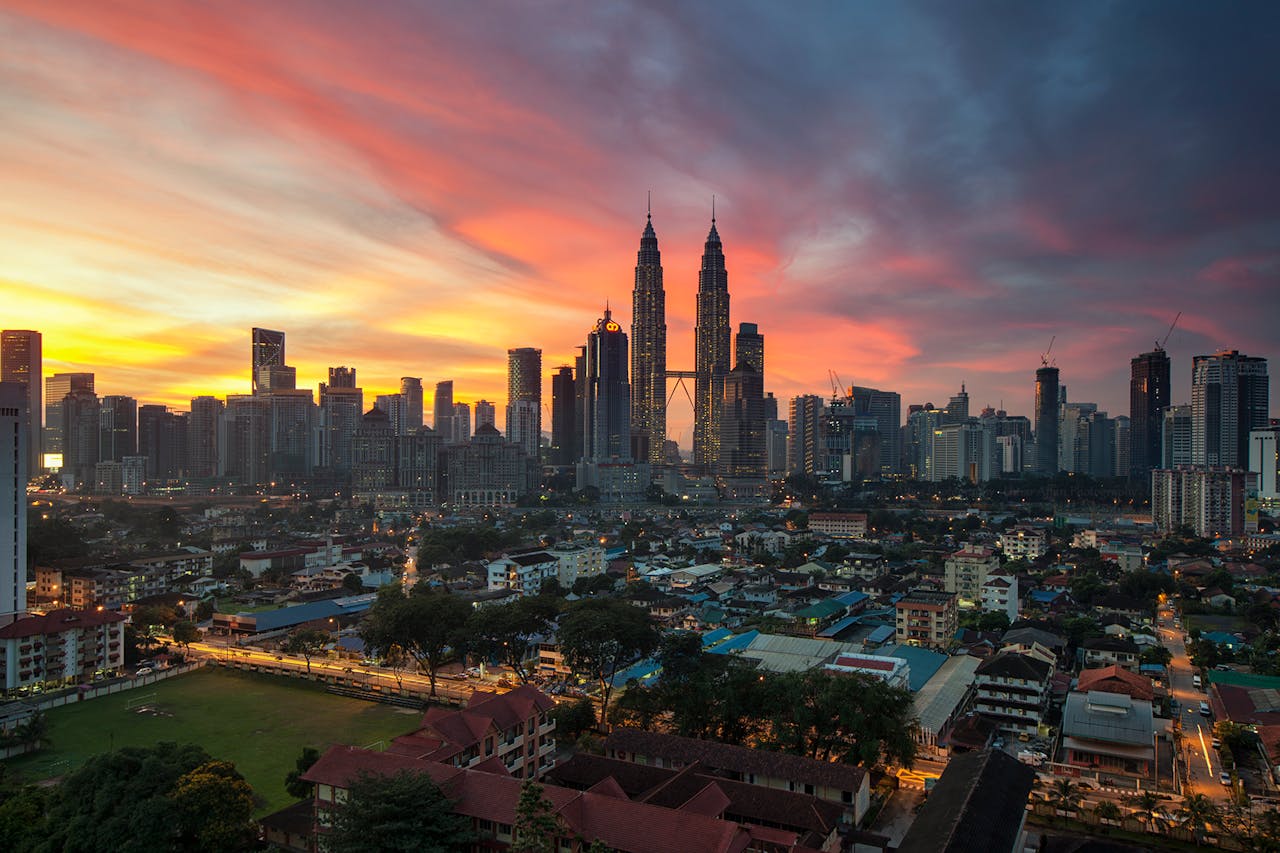
Malaysia supports ambition and ease in the same week. Kuala Lumpur’s Bangsar and Mont Kiara pack gyms, international schools, and reliable LRT or MRT lines, while modern hospitals keep routine care straightforward. Food culture mixes Malay, Chinese, and Indian flavors across hawkers and polished rooms. For island calm, Penang’s George Town stays walkable with galleries and cafés, and Tanjung Tokong’s condos face the sea. English widely helps with leases, banking, and clinics.
Vietnam
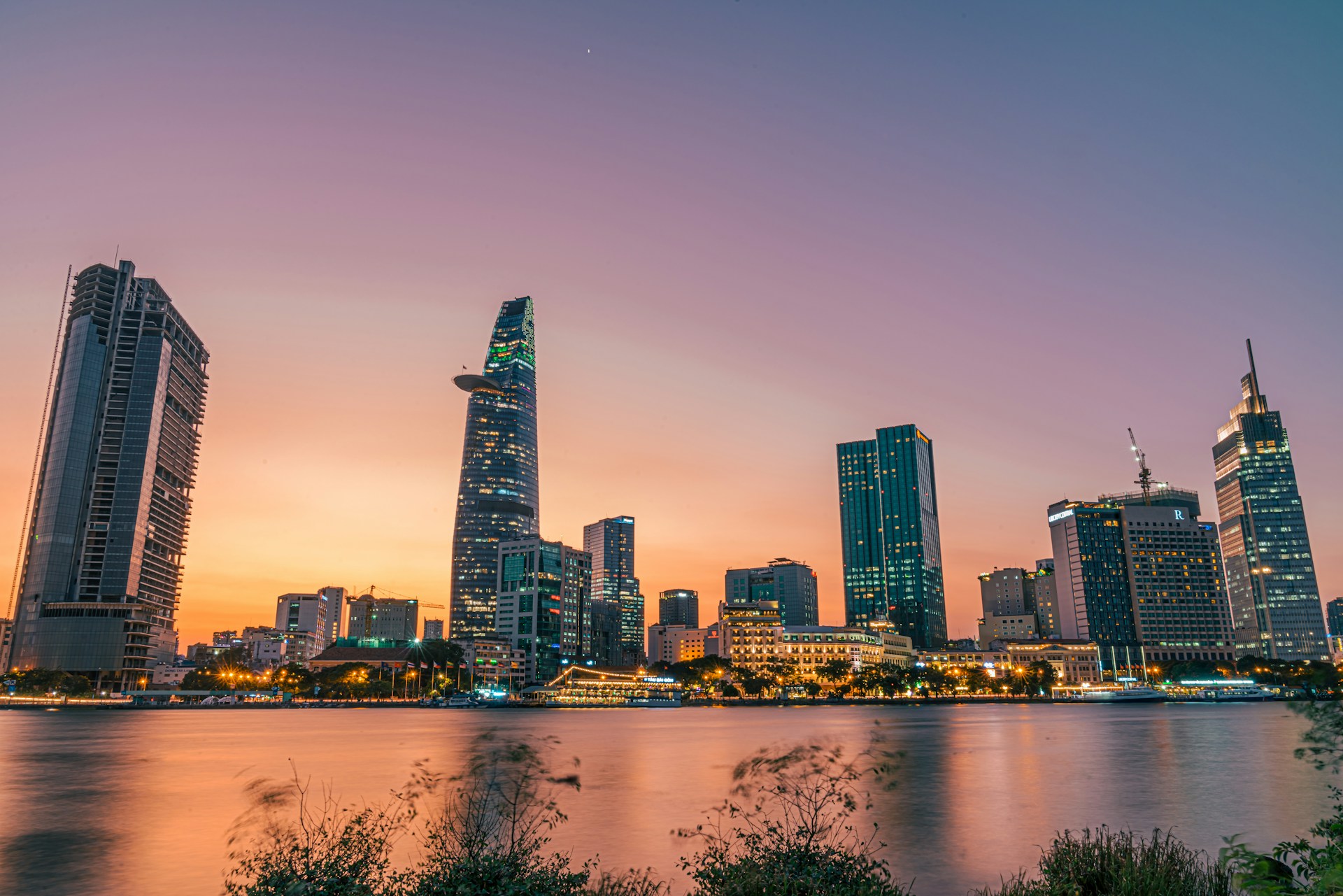
Vietnam’s central coast balances beach and city. Da Nang’s An Thuong area lines up cafés, bakeries, and long term rentals near a broad promenade, with the Marble Mountains and Son Tra keeping mornings active. Hoi An rides an easy distance for lantern lit weekends. Private clinics handle routine needs, larger hospitals sit within reach, and seafood becomes a weekly staple. Scooters and taxis keep the city feeling smaller than any map suggests.
Georgia
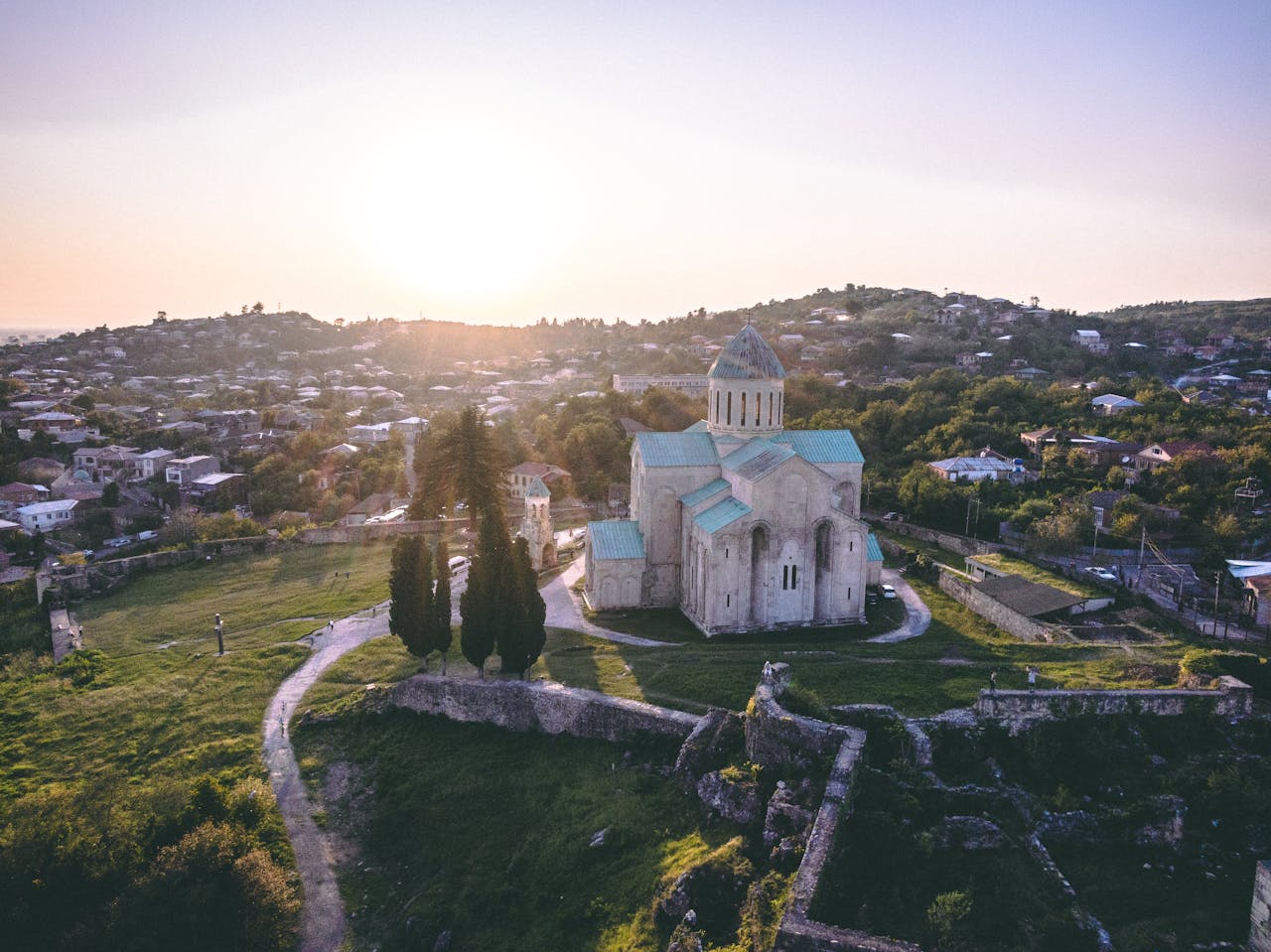
Georgia welcomes with warmth and value. Tbilisi’s Vake and Saburtalo deliver parks, schools, and supermarkets, while the Old Town layers thermal baths and stone lanes for slow evenings. Wine bars and cafés anchor social life, and private clinics have grown quickly to meet expat demand. Produce and bakery staples stay affordable, encouraging shared meals at home. The countryside answers on weekends with wine valleys and Caucasus trails that reset the week.
Uruguay
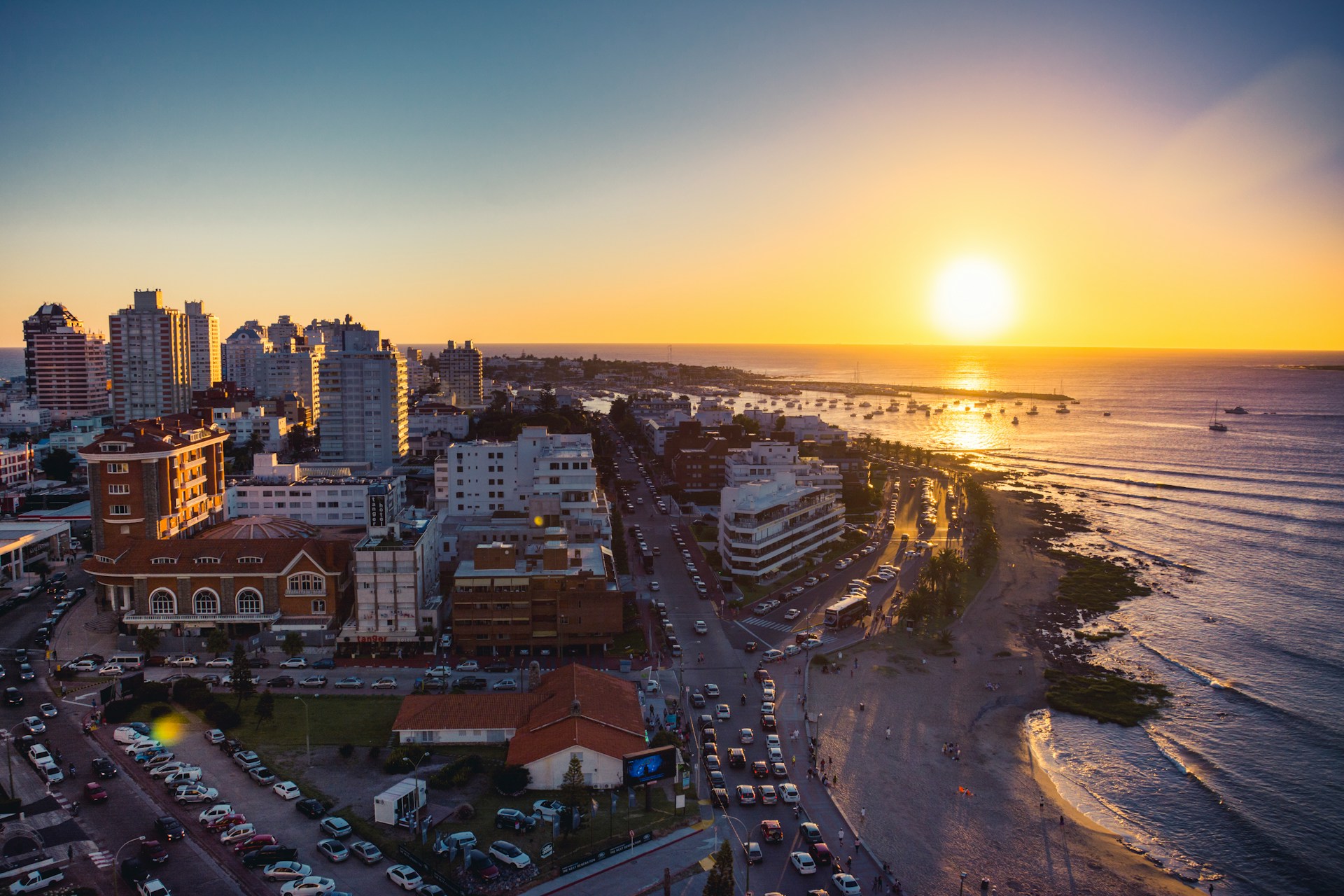
Uruguay runs on stability and sea air. Montevideo’s rambla turns into a daily habit for walkers and cyclists, while Pocitos and Parque Rodó offer parks, cafés, and mid rise living. The mutualista healthcare model gives predictable access through private associations, and services feel orderly. Coastal towns from Piriápolis to Punta del Este expand options without losing calm. Public safety, straightforward banking, and a civically minded culture help newcomers settle without friction.
Taiwan
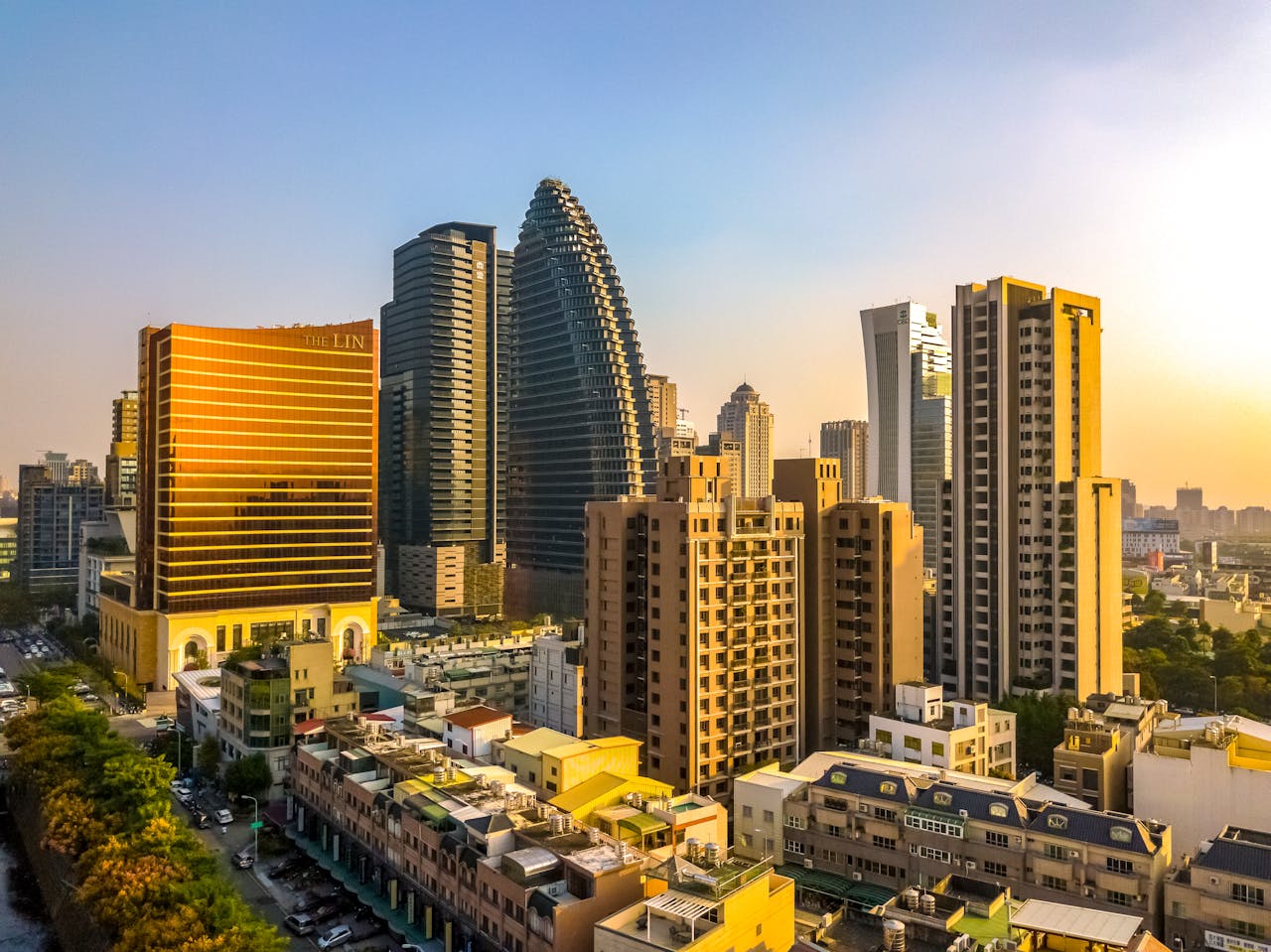
Taiwan pairs modern systems with neighborly habits. Taipei’s MRT and high speed rail shrink the island, clinics plug into national coverage, and staff often meet foreigners halfway in English. Night markets, hiking trails, and riverside bike paths turn free time into an easy circuit. Taichung offers roomier housing and schools with quick rail to Taipei. Cost of living stays reasonable outside luxury pockets, and typhoon season simply becomes part of the calendar.
Czech Republic
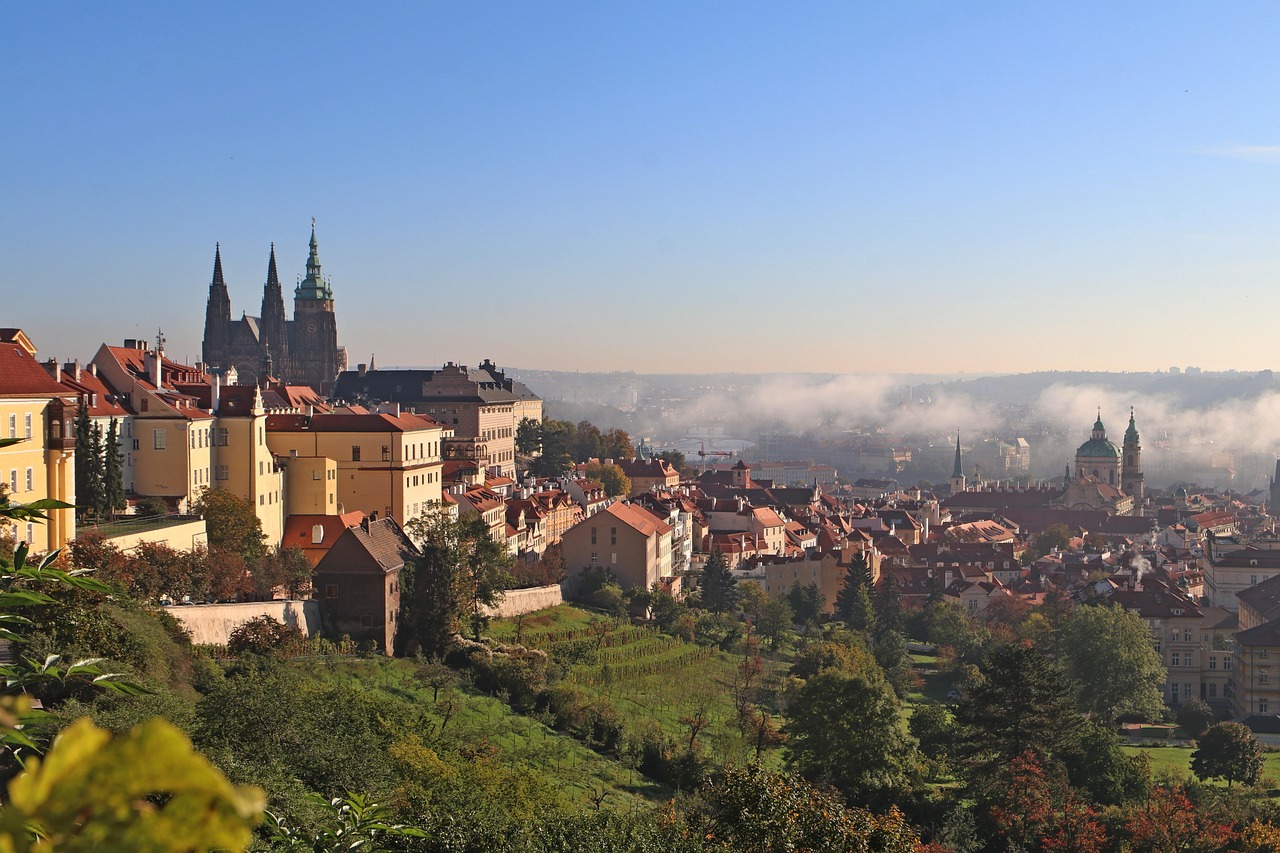
The Czech Republic offers central European access with everyday simplicity. Prague and Brno run on trams, metro, and fast rail, so cars feel optional. Public and private healthcare are accessible, and monthly transit passes are affordable. Neighborhoods stack parks, cafés, and corner groceries in familiar patterns, while coworking and universities add energy. Winters bring markets and brisk walks along the river, summers move outside into beer gardens and shaded courtyards that make strangers into neighbors.
